Science is all around us. Yet so often we confine science teaching to the classroom. Despite real-life opportunities just yards from our classroom door, we tend to opt for the familiarity and safety of a traditional science classroom.
Well, now it’s time to step outside and experience what outdoor science has to offer, these are 50 of our favorite outdoor science activities.
1. Wildlife Identification
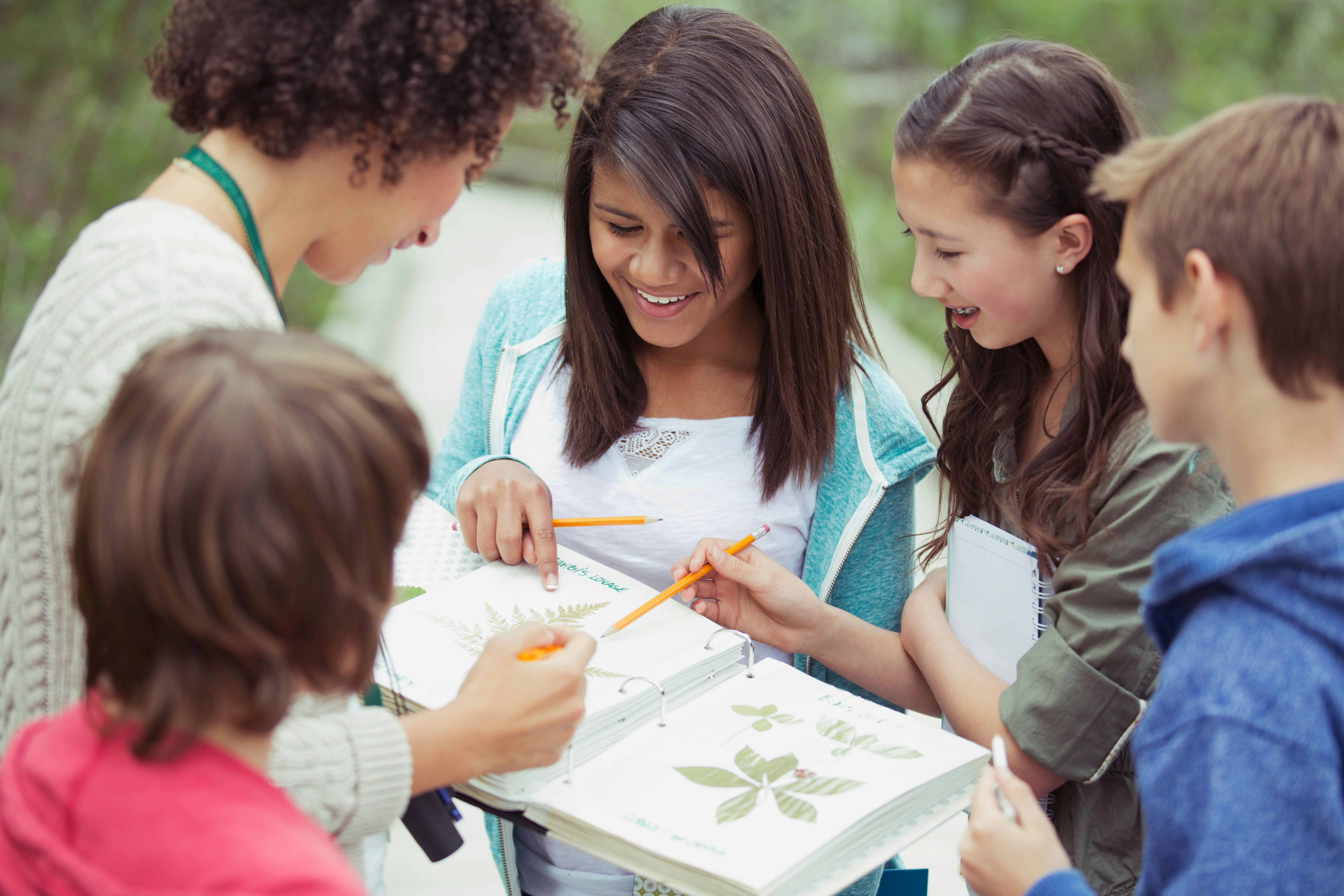
Classification of organisms is a key topic in Biology and one that is easily taught outdoors. Think bird and insect identification or, for older students, plant taxonomy. There are plenty of great apps to accompany their learning outside, the Collins Bird ID app is just one example, which helps identify common backyard birds.
Learn More: Collins Bird ID App
2. Biodiversity in the School Yard
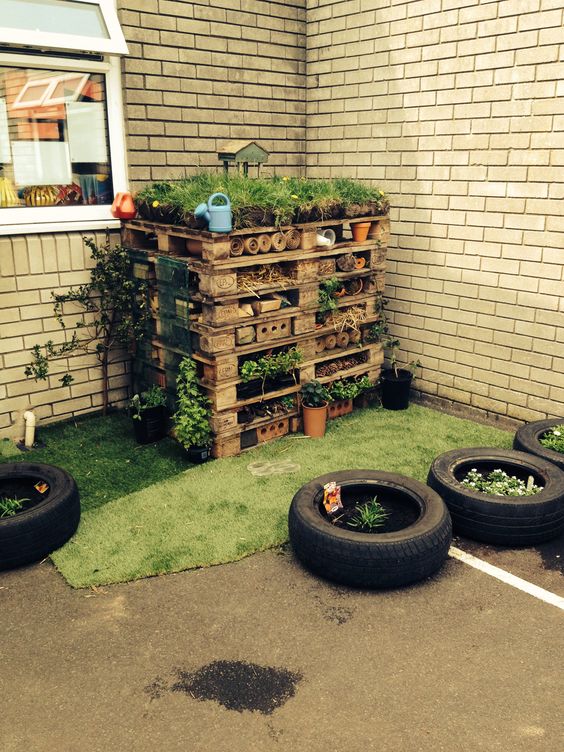
Noisy school playgrounds may not be the first choice for wildlife, but there are plenty of things you can do to encourage different species to your school grounds. You could create a bug hotel, for example. And, in doing so, your students can learn about the importance of biodiversity.
Learn More: Jenna Waite
3. Create a Butterfly Garden
If your school has an outdoor garden, then why not consider reserving an area for butterflies. This video covers the ins and outs of creating a butterfly garden. Not only will this help with biodiversity, but a butterfly’s journey from egg to adult is great for teaching younger children about lifecycles.
Learn More: YouTube
4. Bird Boxes for Biodiversity…
This outdoor science project incorporates an element of design technology. Challenge your students to design and make bird boxes. These can be placed around your school environment. Students will have to learn about the needs of different species of birds in order to create the perfect birdy pad.
Learn More: Join the Pod
5. …and Bird Feeders too!
The recycled bird feeder project feeds into biology and environmental science perfectly. You can explore the importance of recycling and the environmental impacts of waste while improving biodiversity.
Learn More: Non-Toy Gifts
6. Get Messy with Seed Bombs
Now it’s time to enhance plant diversity. Introduce different kinds of plants to your school environment by making these messy seed bombs. The DIY seed bombs are a nice way to end a topic on seed dispersal and plant lifecycles.
Learn More: Wildlife Trusts
7. Pond Dipping and River Sampling
If you’re lucky enough to have a pond or river close by, then take your nets and go pond dipping. Younger children can practice their species identification skills, while older students can take a more detailed look at biodiversity and sampling techniques.
Learn More: Imperial
8. Plant Transpiration in Action
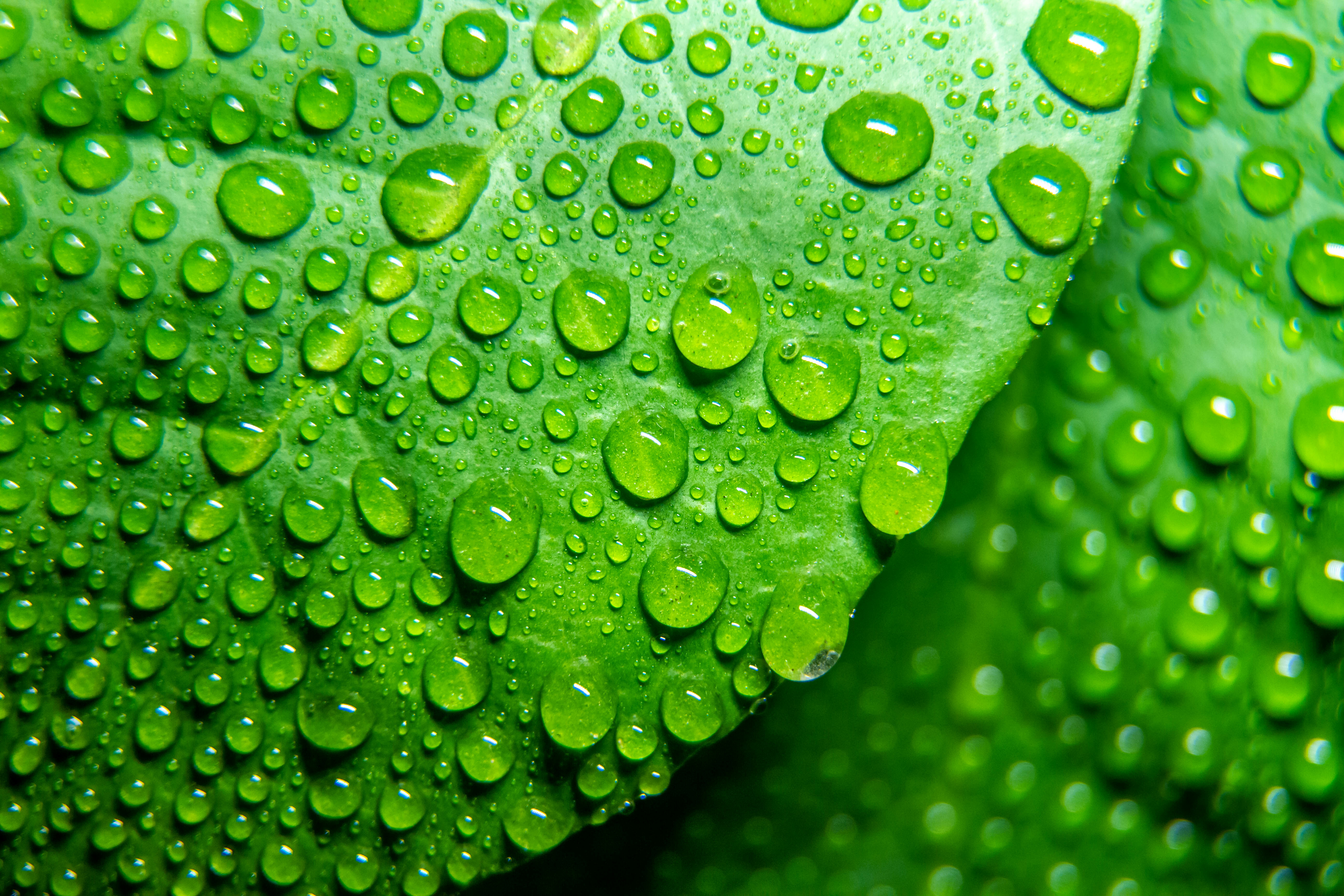
This outdoor science experiment makes use of plants you have outside. Place a plastic bag over their leaves, and observe what happens. If you have potted plants, you can position them in different areas to compare different variables.
Learn More: Education
9. Write a Nature Journal
All the best biologists keep a diary. This printable journal helps students record their experiences and discoveries. To make the most of this resource, complete it outdoors in nature
Learn More: Twinkl
10. Observe the Earth’s Rotation Through Shadows
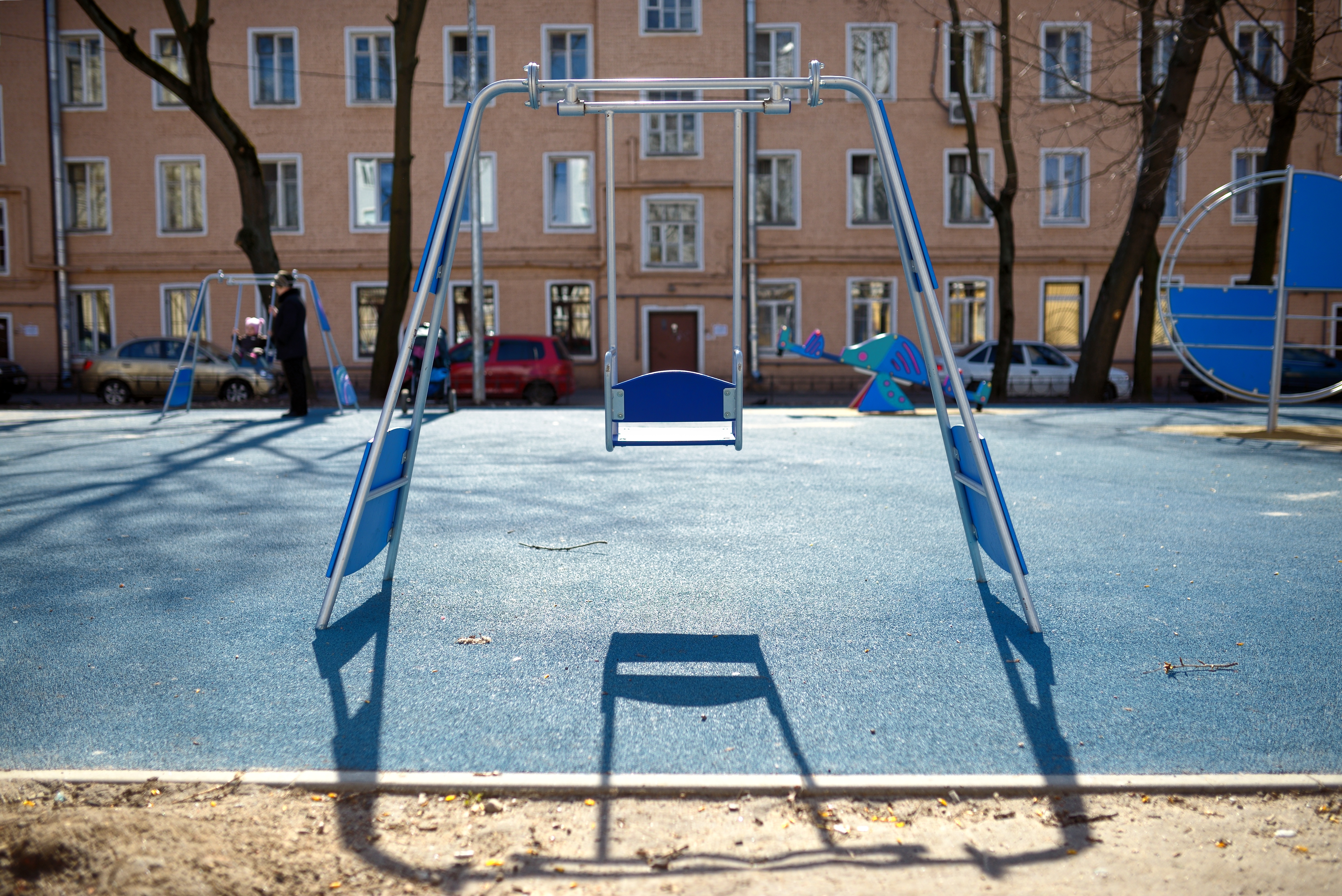
This classic science project involves tracking shadows on the playground at different times of the day. The idea is to help students understand the rotation of the Earth on its axis. These simple instructions are easy to follow.
Learn More: Curiodyssey
11. DIY Sundial
Another outdoor science activity to teach students about the Earth’s rotation and time. Create a sundial by painting numbers onto stones, planting a stick into the ground, and then let your kiddos observe the movement of shadows over time.
Learn More: Sparkle Stories
12. Observe the Night Sky
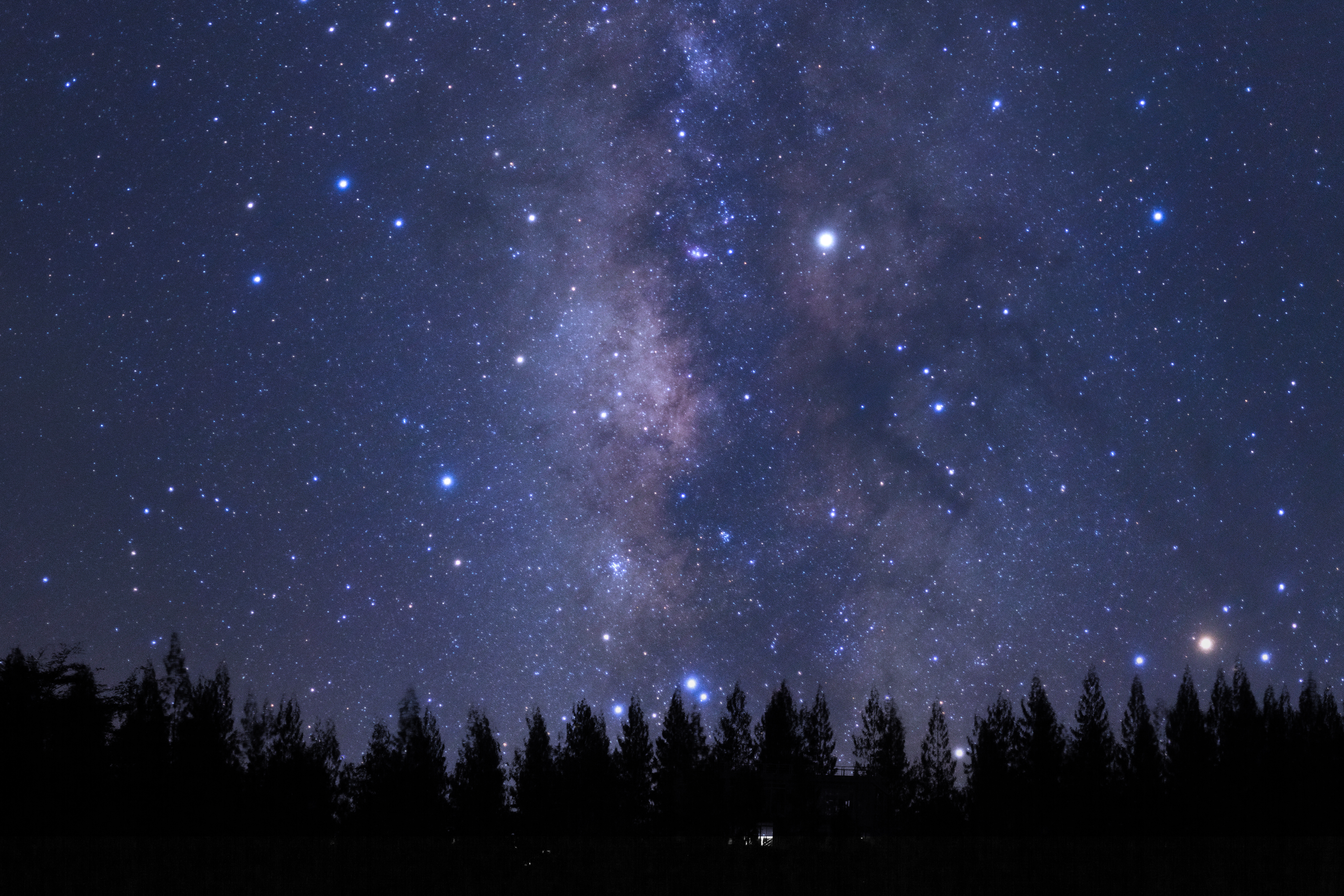
This is a great homework exercise to start a topic on space. Encourage students to observe the sky at night. It will generate lots of questions relating to stars, satellites, the moon, and orbits. This handy teaching resource is perfect to use as a follow-up activity.
Learn More: Twinkl
13. Track the Moon’s Cycle
Tracking the moon’s cycle is a fun activity for students to carry out at home. Once they have recorded their observations, you can launch into discussions about the moon’s orbit back in the classroom.
Learn More: Twinkl
14. Science Rocks!
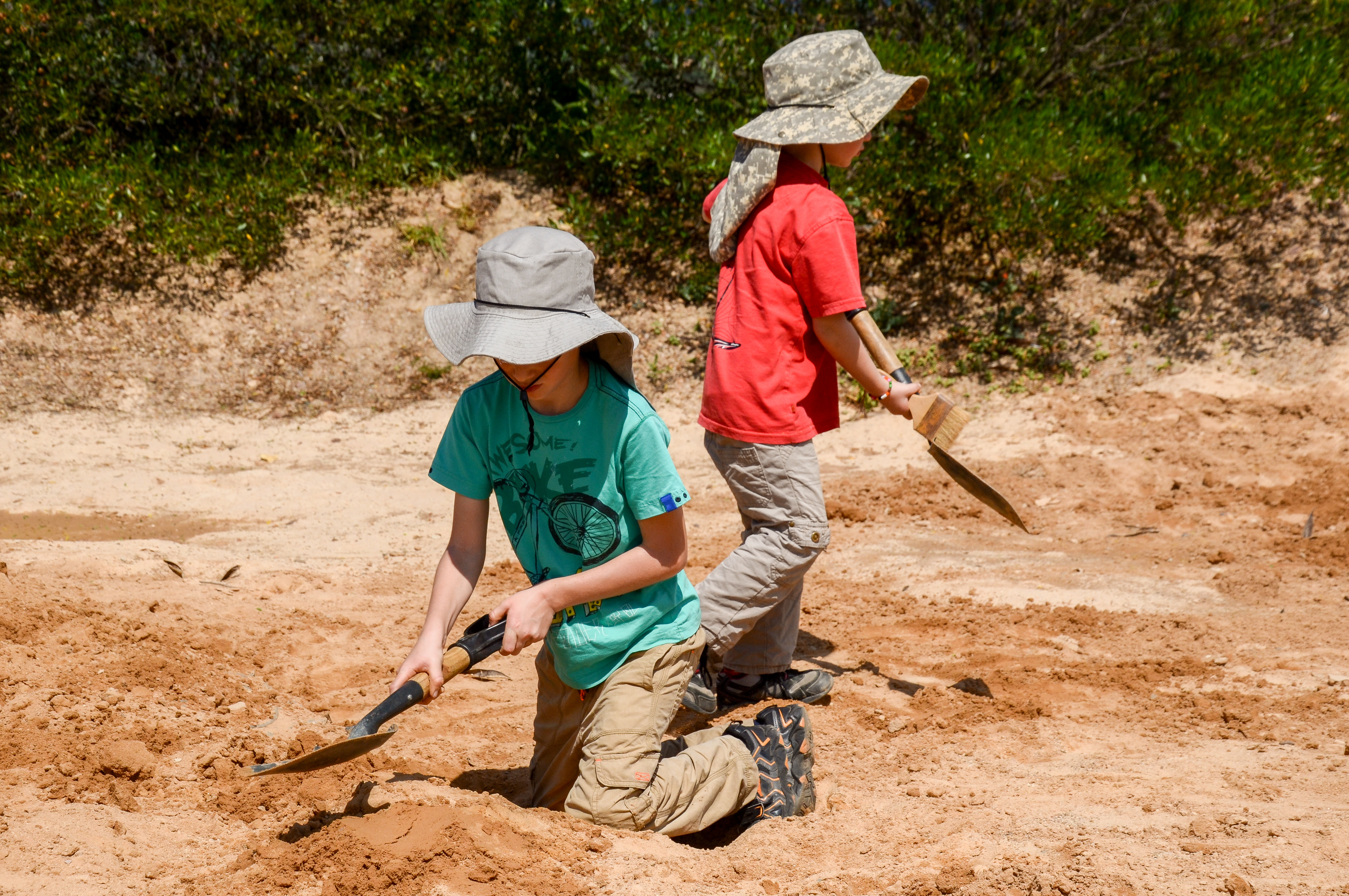
Grab some shovels, get digging, and uncover some interesting rock specimens. This outdoor science activity is the perfect start to a topic on rocks. Children are naturally interested in the colors of rocks and their shape, but don’t stop there! Dig a little deeper and explore rock formation using this handy, interactive fact file.
Learn More: DK Find Out
15. Explore the Soil Layers
Before you put those shovels away, take the opportunity to also teach your students about soil layers. Find a nice soft patch of ground to dig in. Can your students spot any changes as the hole gets deeper?
Learn More: YouTube
16. Soil Sampling
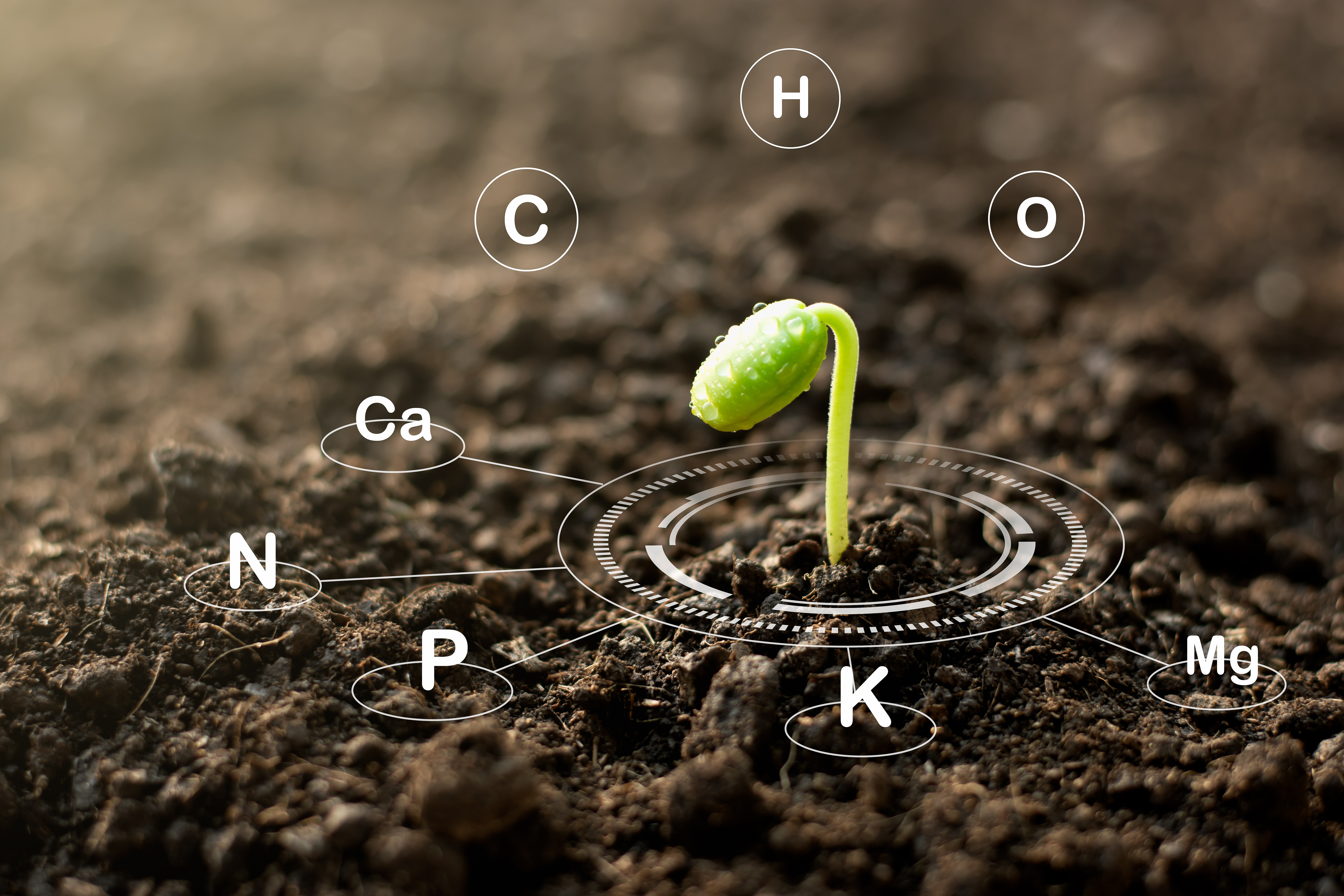
Take some soil samples and explore their properties. Discuss why they might be different and what effects this may have.
Learn More: Left Brain Craft Brain
17. Plant Some Seeds and Feed the School
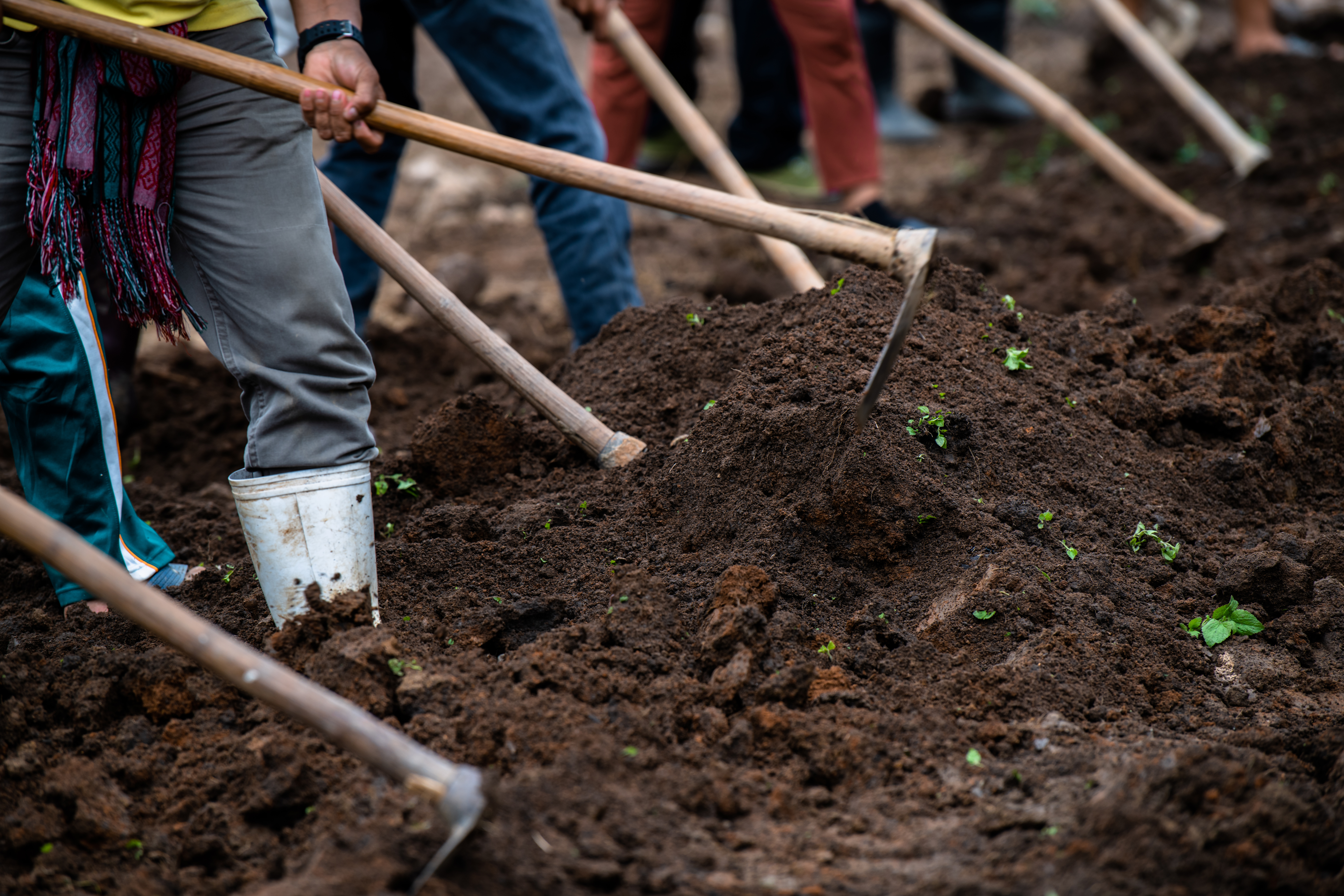
Once you’ve churned up all that dirt with the activities above, you’re going to have to make things right with the school principal. So, how about turning your muddy patch into a kitchen garden? You can grow fruits and vegetables for the school canteen. It offers plenty of scientific learning such as healthy eating, plant growth, seed dispersal and so much more.
18. An Explosive Introduction to Chemical Reactions
Exploding Mento experiments are all over YouTube. While they’re great fun to watch, they’re even more fun in real life. Adding Mentos to fizzy pop is an exciting, safe, and sticky way to learn all about chemical reactions and states of matter.
Learn More: YouTube
19. Get Familiar with Forces

One of our favorite experiments to introduce friction is this car ramp experiment. Build some car ramps outside using wooden planks or school benches. Cover the surfaces in different materials and observe how the car’s motion is changed as it slides down the ramps.
Learn More: Science Sparks
20. Sink or Float
Collect items found in nature and explore whether they sink or float. For older students, you can dive into displacement and discussions relating to surface area.
Learn More: Science Sparks
21. STEM Boat Building Challenge
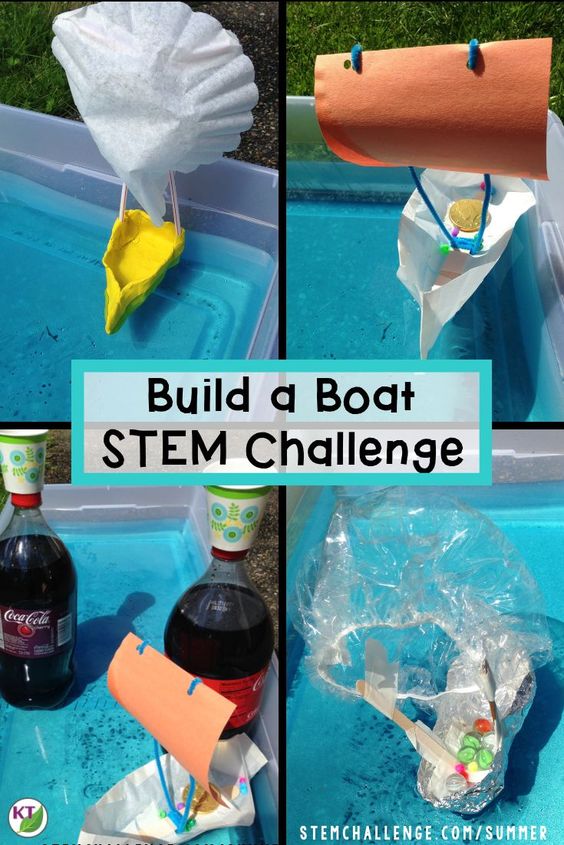
Leading on from the idea above, try a boat-building challenge. It will open up plenty of scientific discussions. Properties of materials, displacement, and capacity to name just a few.
Learn More: Feel Good Teaching
22. Egg Drop STEM challenge
Introduce gravity and learn about opposing forces with this STEM egg drop challenge. It’s a classic and can be adapted to suit students of all ages and abilities.
Learn More: There’s Just One Mommy
23. Playground Communication
Explore how sounds travel by making a classic cup telephone system. Your kids will be able to communicate from one end of the playground to the other. You can also learn about the original inventors of the telephone and how they made their discoveries.
Learn More: KiwiCo
24. Discover Light and Shadow
If the sun is shining, it’s time for some shadow fun. Help children understand how and why shadows are formed with this shadow-forming activity.
Learn More: The Pinterested Parent
25. Teddy’s Tent Challenge
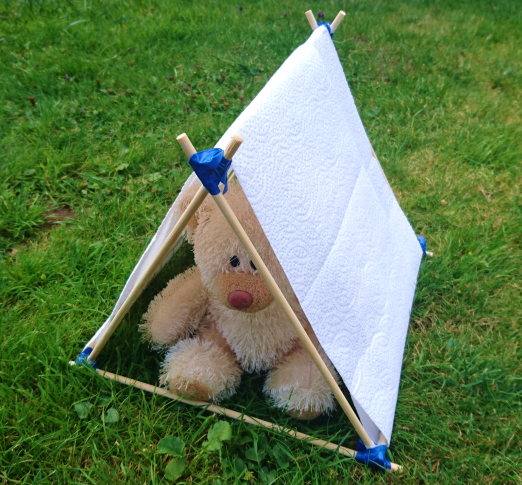
This is a classic outdoor education activity – students must build a den to keep teddy dry. They will explore the properties of materials, learn about waterproofing and permeability, plus develop their teamwork skills in the process.
Learn More: Chembam
26. Head to the Beach
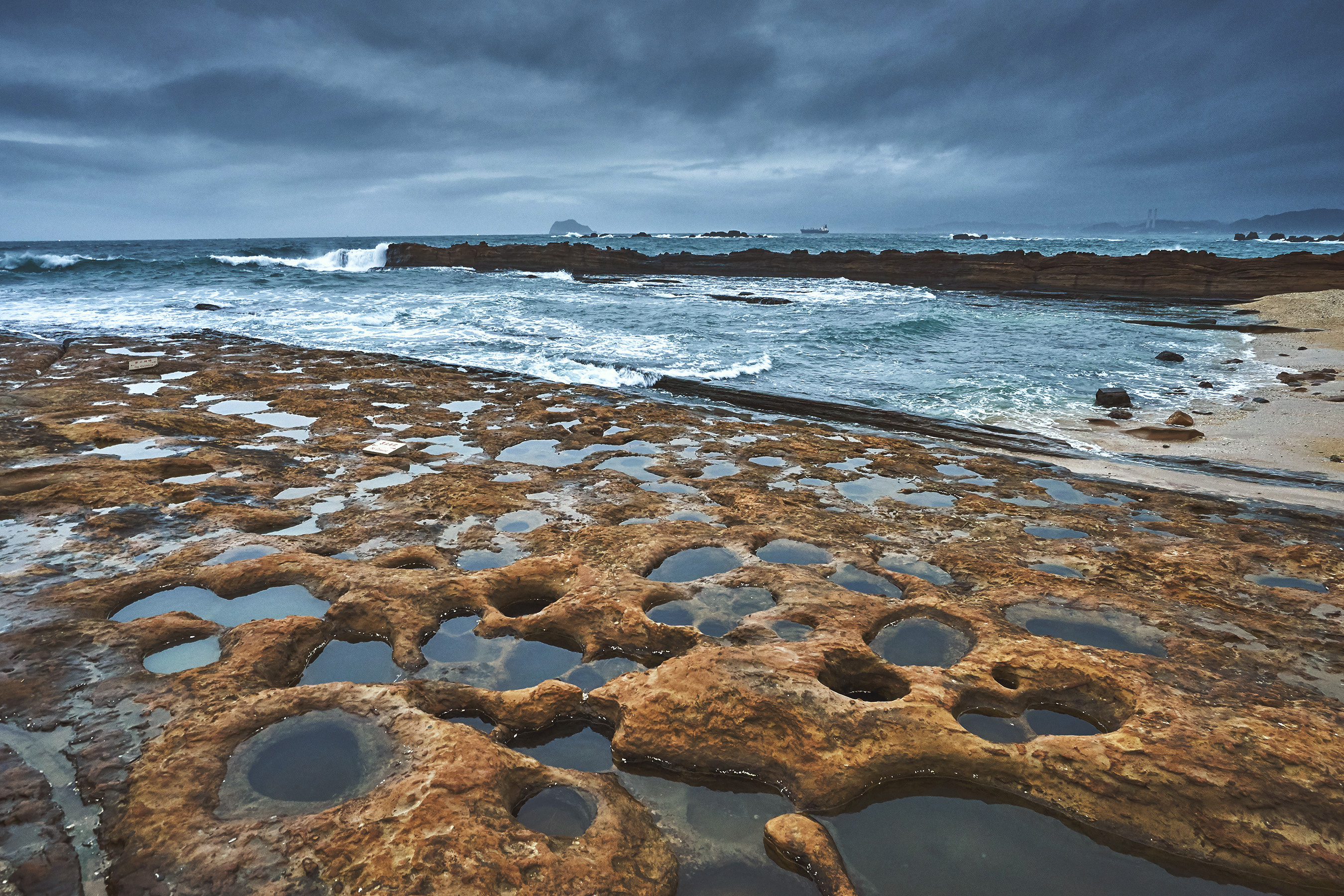
Who doesn’t love a trip to the beach? While you’re there, make the most of the scientific shoreline opportunities. Popular activities include studying the habitats of aquatic creatures and investigating the zonation of a rocky shoreline.
Learn More: Seacoast Science Center
27. Watch a Solar Eclipse Safely

Watching a solar eclipse is a learning opportunity not to be missed. But staring directly at the sun is dangerous. So, before you run outside to watch an eclipse, make these pinhole cameras and view the event safely.
Learn More: Time and Date
28. Keeping Warm!

We have an outdoor science project, perfect for a cold-weather day. It’s all about insulation and heat exchange. This helpful instruction sheet will guide your student through the steps.
Learn More: Encounter Edu
29. Hot Drinks on a Cold Day

Another winter warmer, this outdoor science experiment involves measuring how quickly a hot drink cools down outside. Students must record their data and back in the classroom, they can plot a graph to illustrate heat exchange. Problem is, their hot chocolate might not be so hot afterward!
Learn More: Twinkl
30. Measure the Weather
Measuring and recording the weather requires skills that are fundamental to science. Learning to read scales on rain gauges and thermometers, and knowing different units of measure, are essential for young scientists.
Learn More: YouTube
31. Make a Rain Gauge
Make the most out of those rainy days by making a rain gauge with your class. First, you’ll have them cut a plastic bottle in half, fill it with stones, and then label their bottle with a vertical line of measurements. The result? A crafty homemade rain gauge that your students can then place outside amidst a downpour to measure the rainfall over a period of time.
Learn More: Mombrite
32. DIY Weather Vane

Weather vanes are easy to make and a good introduction to meteorology. Studying the weather is packed full of scientific learning and a popular topic to study as the seasons change.
Learn More: Public Broadcasting Service
33. A Habitat Hunt
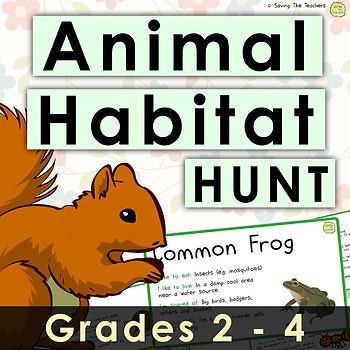
This fun outside science activity teaches kids about different types of habitats. Once they have studied the cards, head outside to see how many habitats they can spot.
Learn More: Pinterest
34. Create a Microhabitat
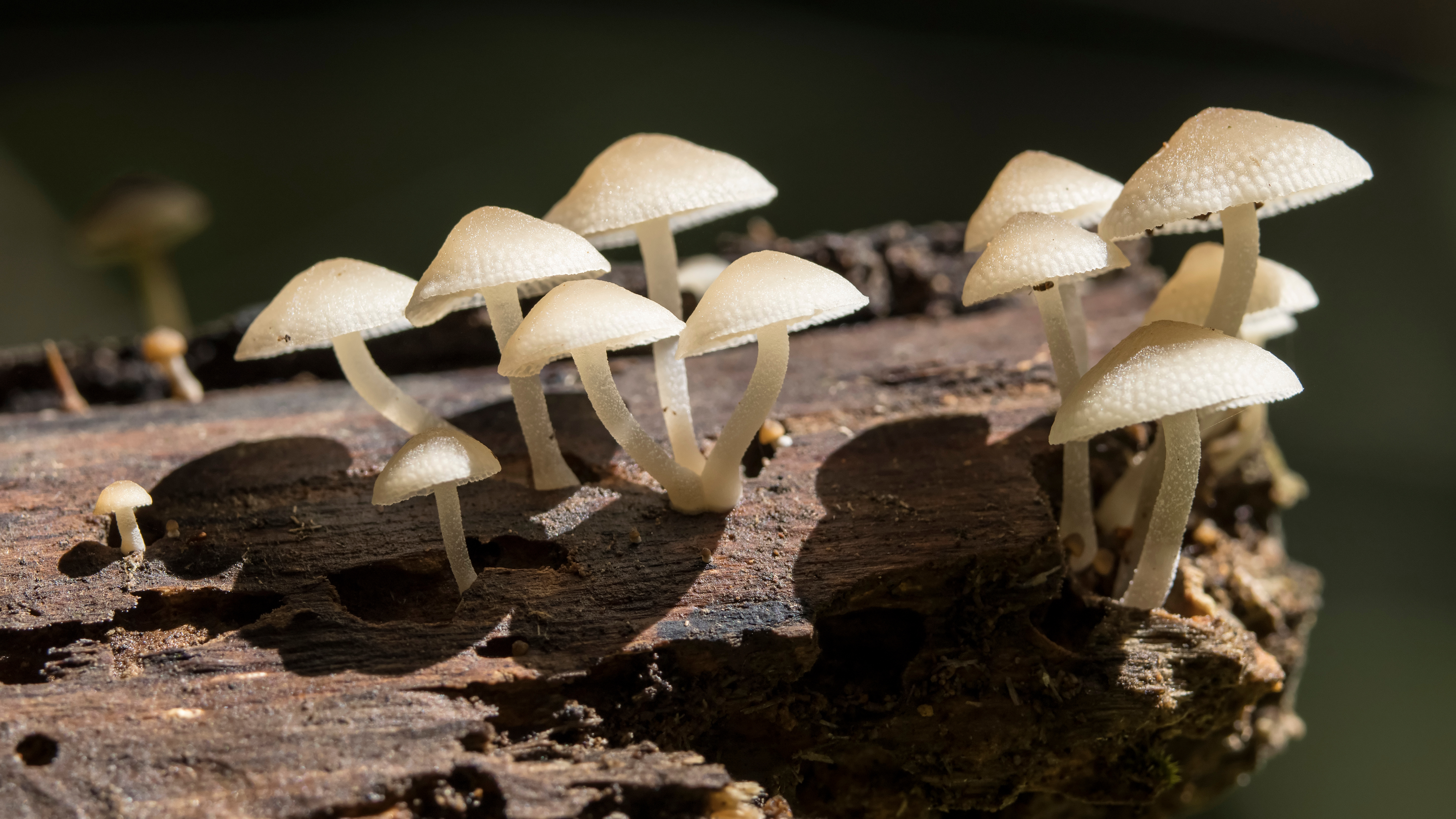
A microhabitat is a small area that differs from a larger habitat around it. And they are super easy to create in your schoolyard. Take a look at some ideas here.
Learn More: It’s Your Season
35. Sport Science Activities

Sports science needn’t be confined to the gym or a classroom. Take your lessons outside and allow your students to experience it in action. Time yourselves on the running track or investigate acceleration, explore the best materials for sporting equipment, experiment with finding the ultimate trajectories. There really is plenty to cover.
Learn More: Science Sparks
36. Science and Stories
For younger children, combining science with stories is an effective way to kickstart their curiosity. This activity links plant growth with the story of the Billy Goat Gruff.
Learn More: Twinkl
37. Develop a School Farmyard
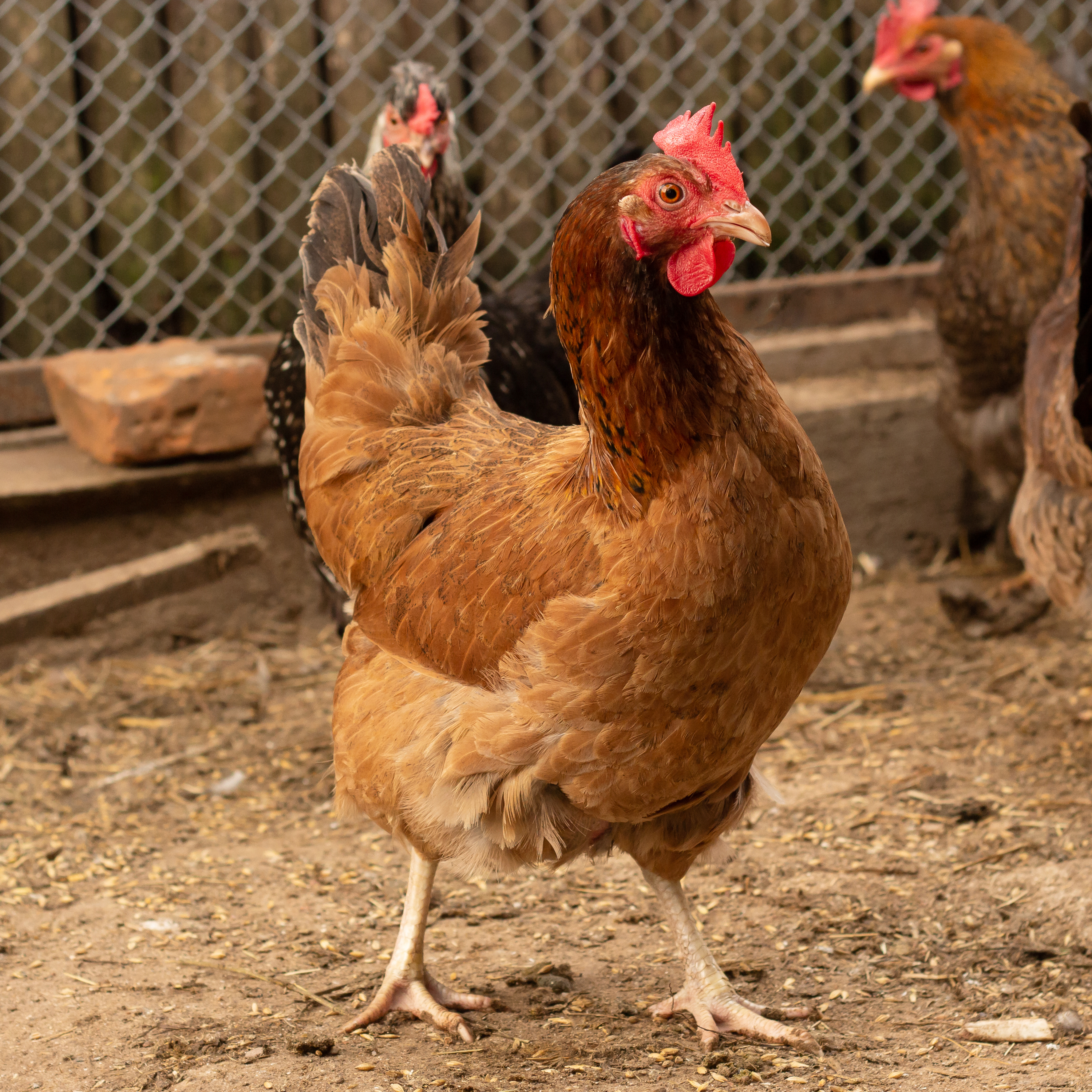
Many schools are now adopting some farmyard friends. It helps students develop empathy, gives them an understanding of where their food comes from, and opens scientific discussions about lifecycles and healthy eating.
38. Outdoor Cooking

Studying a topic on changes in states of matter should always begin with a cooking activity. It gives students a real-life context and a purpose for learning.
39. Solar Ovens
Leading on from the tasty activity above, this solar oven activity illustrates the power of heat energy. From there, you can branch off into discussions on renewable energy sources.
40. Learn about UV-Rays

The Sun’s UV rays are powerful, instead of roasting yourself to prove a point, you can have a go at making sun prints instead.
Learn More: Public Broadcasting Service
41. Electrical Batteries in the Dirt
Magic! Every scientist flinches when they hear that word. But that was how my students described this activity when they lit an LED bulb using dirt. Of course, I corrected any misconceptions right away.
Learn More: YouTube
42. Power Up with Wind Turbines

Send your students spinning with this wind turbine activity. They will create their own turbine, which will teach them about energy and electrical circuits. The activity also links to environmental science and the development of renewable energies.
Learn More: Homeschool Hub
43. STEM Catapult Challenge
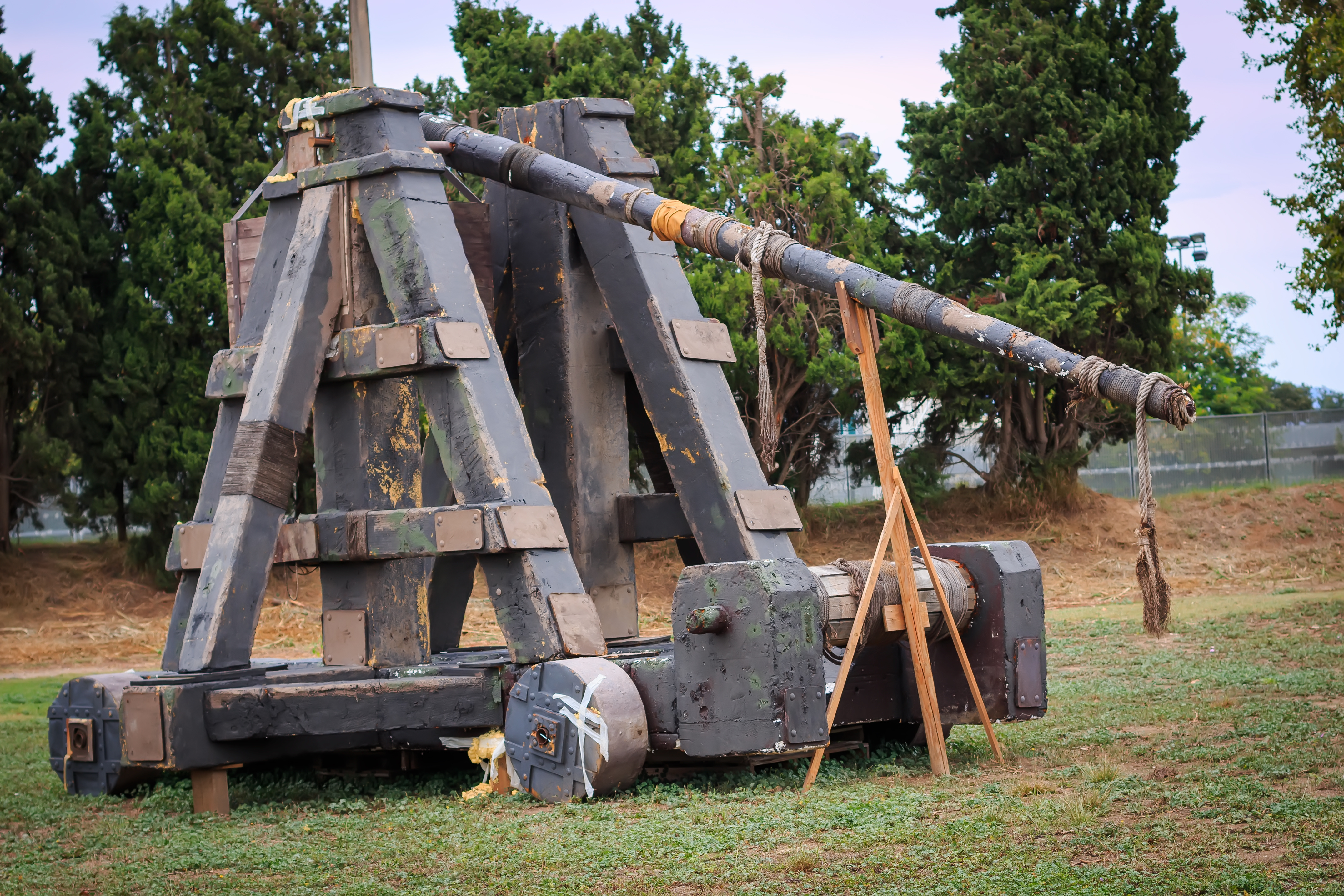
Forces, mechanics, and trajectory all come into play here. This STEM challenge is perfect for the mischievous-minded.
Learn More: Kid Minds
44. Compost Heap Project
Ever thought about how much waste your school canteen produces? Well, some schools have decided to put this waste to good use by developing a composting area on their school grounds.
Learn More: PBS
45. Create a Wormery
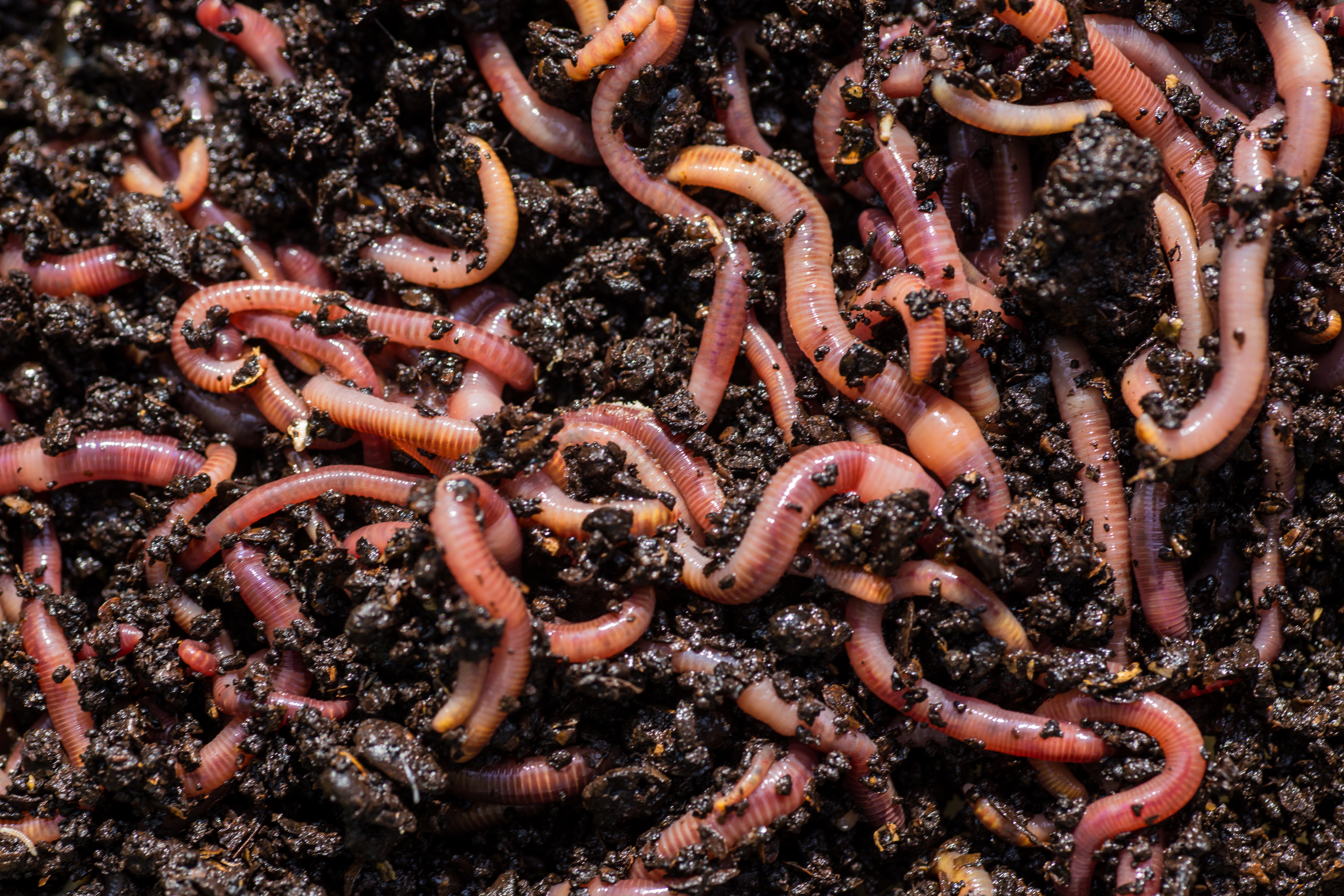
To complement your compost heap, why not build your own wormy? You’ll discover all about those compost-creating critters.
Learn More: Woodland Trust
46. Build a Solar System
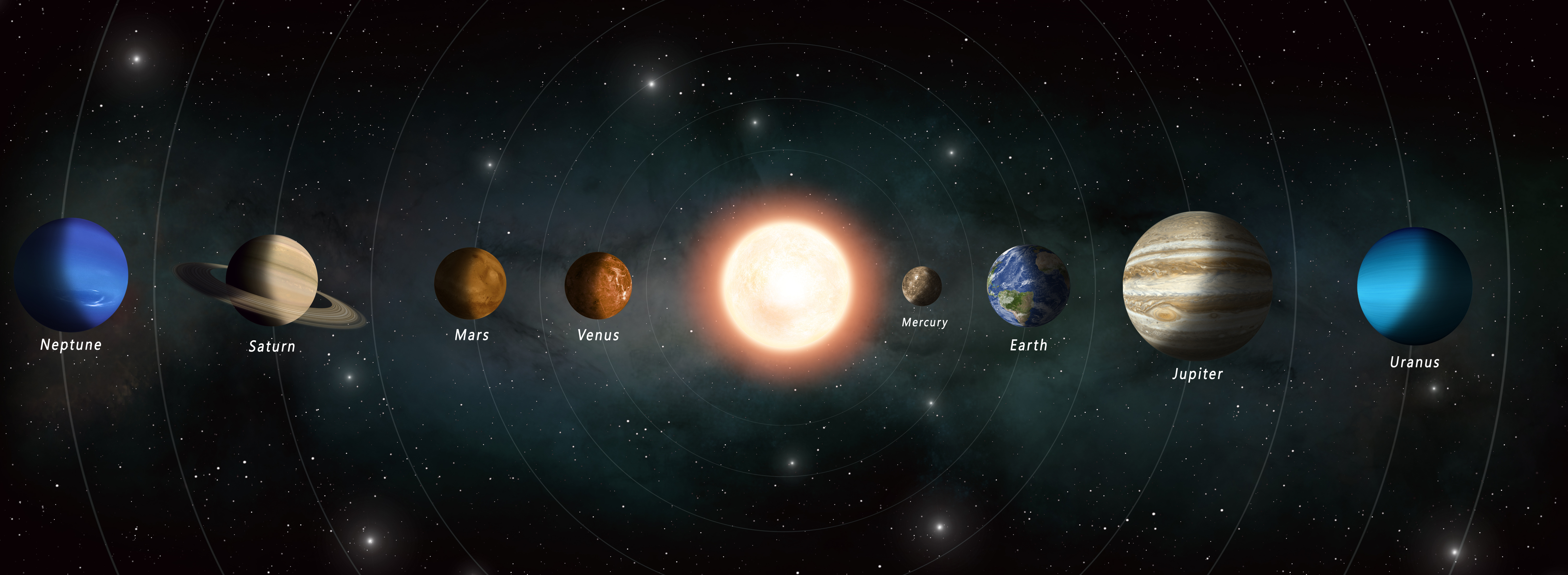
Building a solar system to scale is not only a mathematical challenge but also a way to help students envisage the size of the solar system.
Learn More: Jet Propulsion Laboratory NASA
47. Grow Butterflies
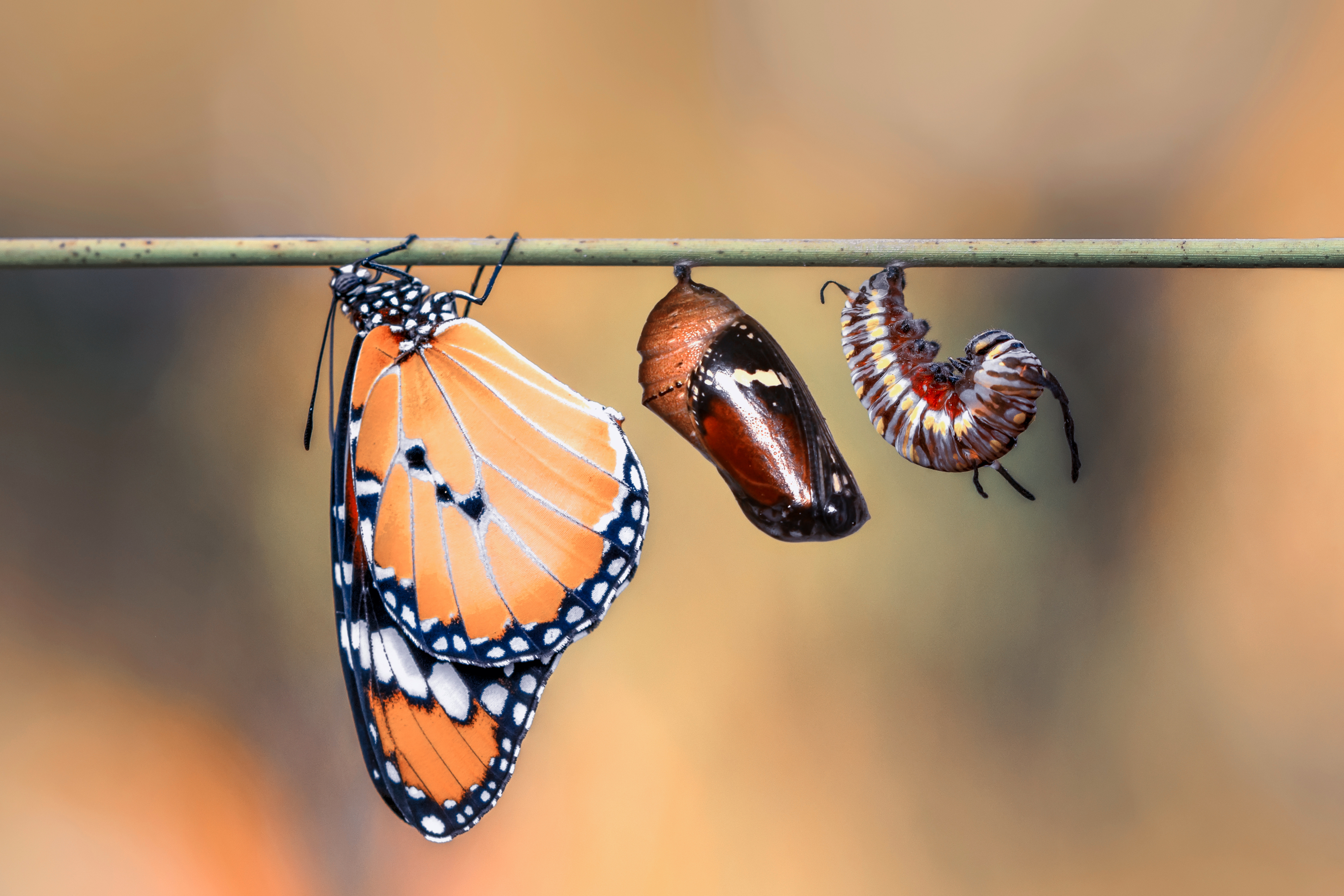
These butterfly-rearing kits are great for learning all about the butterfly growth cycle. Once they have reached adulthood, head outdoors and release them into the wild.
Learn More: Insect Lore
48. Tadpole Rearing
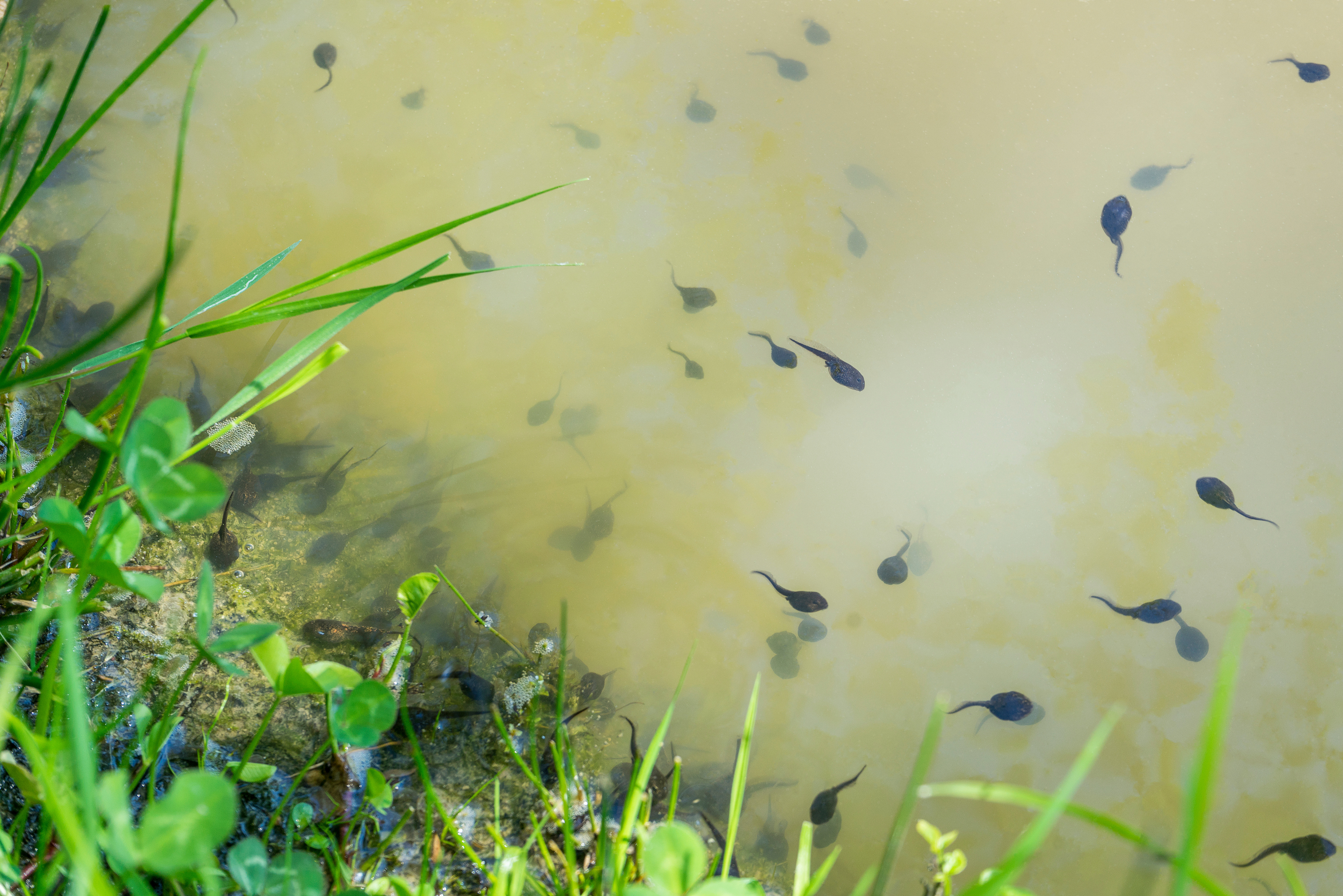
This is another way to study life cycles. If you have a school pond, perhaps you can collect some frogspawn and watch as the tadpoles develop. Just be sure to release the froglets from the exact place you caught them.
Learn More: Sussex Wildlife Trust
49. Ice Breakout
These dinosaurs are trapped in the ice! How can you rescue them? Don your superhero capes as you swoop in to save the day, and hopefully learn a little science along the way too.
Learn More: The Ardent Teacher
50. Building Bridges
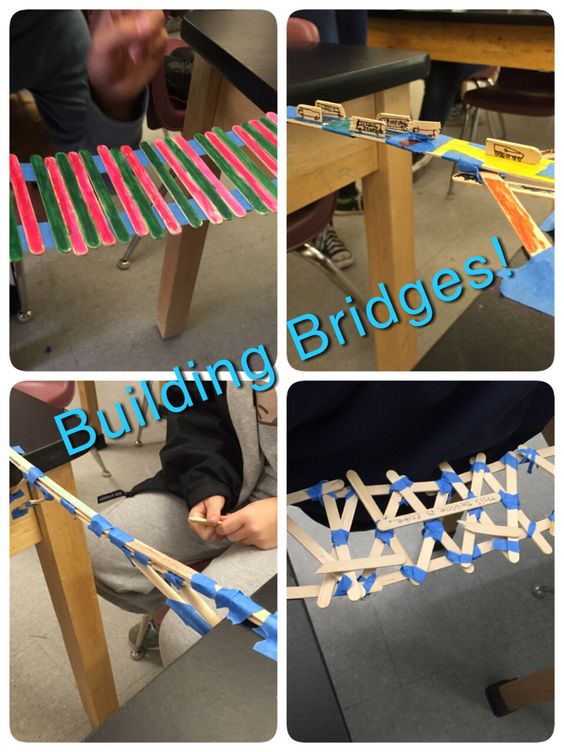
Team up, then design and make a bridge using items you can find outdoors. If you’d like to add a little competition, you could award prizes for the strongest bridge or the most novel design.
Learn More: Pinterest
We’re heading outside now…
As we get ready to step outside, we hope we have inspired you to do the same. Remember, science is real and science is everywhere. Let’s experience it in context and in its natural habitat.